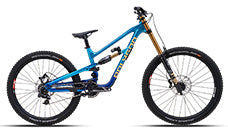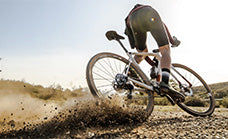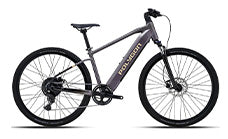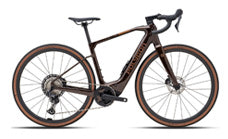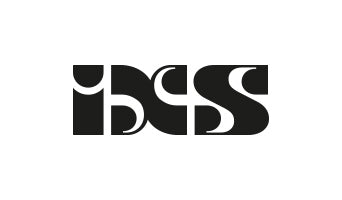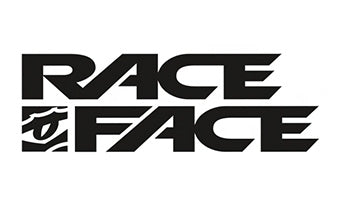The 14 Best Cheap Mountain Bikes: Affordable Trail Options
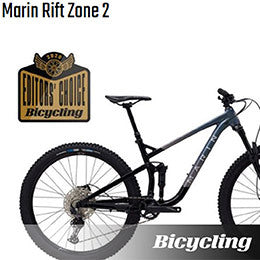
You don’t have to drop a boatload of cash to get into trail riding. Now more than ever, there are tons of great mountain bikes that aren’t just capable, reliable, and fun; they’re affordable, too. Most brands offer at least one, if not many, cheap option in their lineup, and most of the bikes on this list cost under a grand.
See our top picks below, then scroll down for more in-depth reviews of these bikes and other great options, as well as helpful buying tips and advice.
What Kind of Gearing Should I Expect?
Most of the bikes on our list are equipped with one-by (1x) drivetrains, meaning there’s a single chainring on the crank. These drivetrains are simpler, lower maintenance, quieter, and less likely to drop the chain. At the rear, most of these bikes have at least 10 speeds, but a few have 12, which offers more range and tighter jumps between gears. Ironically, 1x drivetrains—which don’t have front derailleurs or front shifters—are pricier than more complex 2x or 3x drivetrains.

From Left: A 1x drivetrain eliminates the need for a front derailleur, in turn creating a simpler, lower-maintenance system with more clearance and more reliable shifts than 2x and 3x chainring setups. Jimmy Cavalieri
The rest of the bikes here are equipped with 2x or 3x drivetrains paired with eight, nine, and 10-speed cassettes (the cluster of cogs at the rear axle). Two or three chainrings up front make up for fewer gears in the back and can expand your range altogether—though the idea behind the 1x is to eliminate gear overlap. Disadvantages include added weight, decreased clearance, more chances for something to break, and less-reliable shifts (because your chain has more front rings to move on). Basically, the spectrum of chainring and cassette combinations on mountain bikes in the $1,000 price range is so broad and diverse, you’re sure to find something to suit your preference.
Can I Get Suspension at This Price?
Yes. Every bike on this list (save for the Mongoose Argus Sport) comes with at least a suspension fork. You can even find some good full-suspension bikes at affordable prices: The $900 Diamondback Atroz 2 offers full suspension for less than some of the hardtail bikes on this list.
Suspension forks are either coil- or air-sprung, the latter of which provides more tuning options to dial in the resistance level. “Air forks can be an excellent feature, as you can tune them to match the rider weight and riding style, but they do add significant cost to a bike,” says Trek’s hardtail product manager Chris Drewes.
In general, if you compare a hardtail and a full-suspension bike of about the same price, the hardtail will be lighter and built with better parts. Full suspension, however, can offer more comfort and control.
Where’s the Best Place to Shop for My Bike?
Resist the urge to go to a big-box store and pull a mountain bike off the rack. The price tag can be appealing, but those bikes are often poorly built with unreliable components by people who lack the expertise to safely assemble them.
Consider buying from your local bike shop (LBS). A shop will usually let you test ride several bikes, and the mechanics can offer instruction on how to use the bike’s controls and features and help set your riding position. Plus, when you purchase a bike from your LBS, they will often do the first tune-up for free—a good idea as parts often need adjustment after a break-in period—and treat your bike as a regular “patient” thereafter. If you fancy a specific brand, search out an authorized dealer near you using the locator on the brand’s website.
Online retailers can offer compelling-looking prices, but that discount can be negated by shipping charges. You’ll also need to assemble the bike yourself. Most direct-to-consumer brands make their bikes easy to assemble, with tools included and helpful online videos. Or you can pay an LBS to assemble the bike, but that will further erode any price advantage. So be sure you’re factoring in any shipping and assembly costs when comparing prices.
Why It May Be Harder to Find a Bike Right Now
Ever since terms like “shelter in place,” “stay at home,” and “social distancing” took root in our daily lexicon, we’ve had to find alternative forms of entertainment that don’t involve large crowds, indoor activities, or risky situations (such as travel). More people have caught on to the idea that outdoor escapes like hiking, running, and bike riding are safe, sanity-saving ways to get out and do something—away from others. This has led to a surge in bike sales and, thus, a depletion of stock. That’s a good thing, because it means more people have discovered bikes. But it’s also frustrating if your goal today is to place an online order for a shiny new bike only to find out that you may have to wait weeks or even months to get it. If you see something on this list that catches your eye, and you hit the out-of-stock roadblock, patience (waiting until inventory is fulfilled again), perseverance (it may be available somewhere else online or even somewhere locally), or just being proactive (pre-order is available for many out-of-stock models) might be the way to go. We’ll keep our eye on inventory and update links as often as we can.
How We Tested These Bikes
These bikes have been ridden, and ridden hard, by our team of test editors. We built a mountain bike test track with most of the trail elements that you’re likely to encounter. We pushed these bikes hard over flow trails, up and down steep climbs and pucker-worthy rocky descents, and through gnarly rock gardens. Our editors rode these bikes on the terrain best suited for each bike—as well as terrain entirely unsuitable—just to see how far we can push the limits. Most models have been tested by our staff and those that haven’t have been carefully chosen based on their value, quality of parts (most of which we’ve tested separately), our experience riding similar models, and how the overall package meets the needs of the intended rider.
―BEST CHEAP FULL SUSPENSION―

The Rift Zone 2 is the 29er version of the Bicycling Editors’ Choice–winning Marin Hawk Hill. It gets larger wheels, which roll over rocks and other features more easily and add some stability as you pick up speed. With 125mm of travel, it’s great for trail rides, especially on technical terrain, and can even work for some light-duty racing. A 1x drivetrain, dropper post, hydraulic disc brakes, and tubeless-ready wheels make the Rift Zone 2 stand out—few bikes at this price include all these features. But those are only some of the reasons why we fell for it. Marin also got the geometry just right. It simply took the winning dimensions of the Hawk Hill and adapted them for bigger wheels.
Read full article here.








